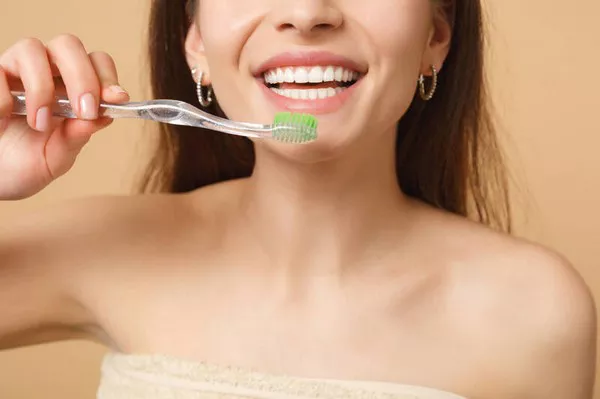Mouthwash is an essential component of oral hygiene. It helps to freshen breath and eliminate bacteria that causes bad breath, gum disease, and tooth decay. However, many people are unsure about when to use it and what type of mouthwash to use. This article will provide a comprehensive guide on when to use mouthwash and answer common questions about this important oral care product.
What is Mouthwash?
Mouthwash, also known as oral rinse or mouth rinse, is a liquid solution used for cleaning the mouth and freshening breath. It typically contains antibacterial ingredients such as chlorhexidine, cetylpyridinium chloride, and hydrogen peroxide, which kill harmful bacteria in the mouth and reduce plaque buildup. Many mouthwashes also contain fluoride, which strengthens enamel and reduces the risk of tooth decay.
Types of Mouthwash
There are several types of mouthwash available on the market, each with its own unique benefits:
- Cosmetic Mouthwash: This type of mouthwash is designed to freshen breath and leave a pleasant taste in the mouth. It does not contain any active ingredients that kill bacteria or protect against cavities.
- Therapeutic Mouthwash: This type of mouthwash contains active ingredients that help to kill bacteria, prevent cavities, and reduce gingivitis (gum inflammation). It is often recommended by dentists for patients with specific oral health concerns.
- Prescription Mouthwash: This type of mouthwash is only available with a prescription from a dentist or doctor. It contains higher concentrations of active ingredients than over-the-counter mouthwashes and is typically used to treat more severe cases of gingivitis or periodontitis (advanced gum disease).
When to Use Mouthwash
Now that we know the different types of mouthwash, let’s discuss when it’s appropriate to use them:
After Brushing and Flossing:
Mouthwash is most effective when used after brushing and flossing. This helps to remove any remaining bacteria and freshen breath.
Before Bedtime:
Using mouthwash before bed can help to kill bacteria that cause bad breath while you sleep. It can also help to protect your teeth from plaque buildup overnight.
After Eating:
If you don’t have time to brush your teeth after a meal, using mouthwash can help to eliminate bacteria and freshen breath.
When Traveling:
Mouthwash can be a convenient alternative to brushing your teeth when traveling or on-the-go.
As Part of a Treatment Plan:
If you have specific oral health concerns such as gum disease or cavities, your dentist may recommend using a therapeutic or prescription mouthwash as part of your treatment plan.
Choosing the Right Mouthwash
When choosing a mouthwash, it’s important to consider your specific needs. Here are some factors to keep in mind:
Active Ingredients:
Look for a mouthwash that contains active ingredients that address your specific oral health concerns.
Alcohol-Free:
Mouthwashes that contain alcohol can be drying and irritating to the mouth. If you have sensitive gums or dry mouth, look for an alcohol-free mouthwash.
Flavor:
Choose a flavor that you enjoy to make using mouthwash a more pleasant experience.
Sensitivity:
If you experience sensitivity to hot or cold temperatures, choose a mouthwash that is specifically formulated for sensitive teeth.
Conclusion
Mouthwash is an important part of maintaining good oral hygiene. Knowing when to use it and what type of mouthwash to choose can have a significant impact on your oral health. Whether you’re looking to freshen your breath, prevent cavities, or treat a specific oral health condition, there’s a mouthwash out there for you. Remember to use mouthwash after brushing and flossing, before bedtime, after eating, and as recommended by your dentist.
Related Topics:



























